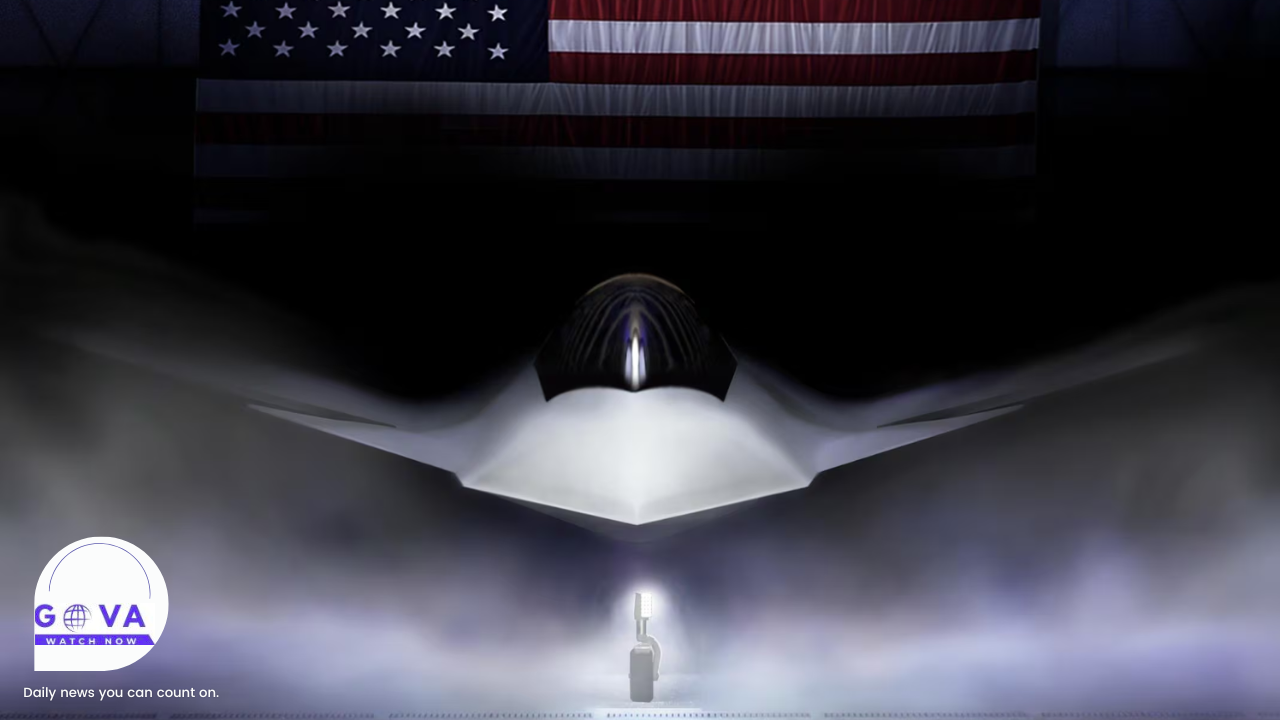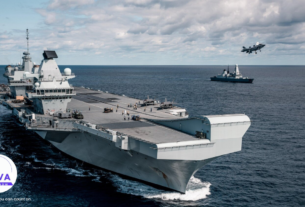The U.S. Air Force is implementing a strategic overhaul with its upcoming sixth-generation fighter jet, the F-47, aiming to address challenges faced by the F-35 program. Air Force Chief of Staff Gen. David Allvin emphasized that the F-47 will be developed with greater internal control and ownership over its technology, allowing for more rapid and cost-effective upgrades. This approach contrasts with the F-35’s acquisition model, where the Air Force lacked full access to sustainment data, leading to difficulties in maintenance and upgrades.
The F-47 is designed to be more adaptable, sustainable, and supportable than its predecessors, with enhanced stealth capabilities and a modular open system architecture. This design will facilitate quicker integration of new technologies and systems, including collaborative combat aircraft developed by General Atomics and Anduril Industries. By owning the mission systems and utilizing a government reference architecture, the Air Force aims to avoid the “acquisition malpractice” of the F-35 program, ensuring more efficient and responsive upgrades.
This shift in acquisition strategy reflects a broader effort to modernize the Air Force’s capabilities and maintain air superiority in an evolving threat landscape. The F-47 is expected to play a central role in this transformation, providing a more agile and technologically advanced platform for future combat scenarios. As the development progresses, the Air Force is positioning the F-47 as a cornerstone of its next-generation air dominance strategy.




